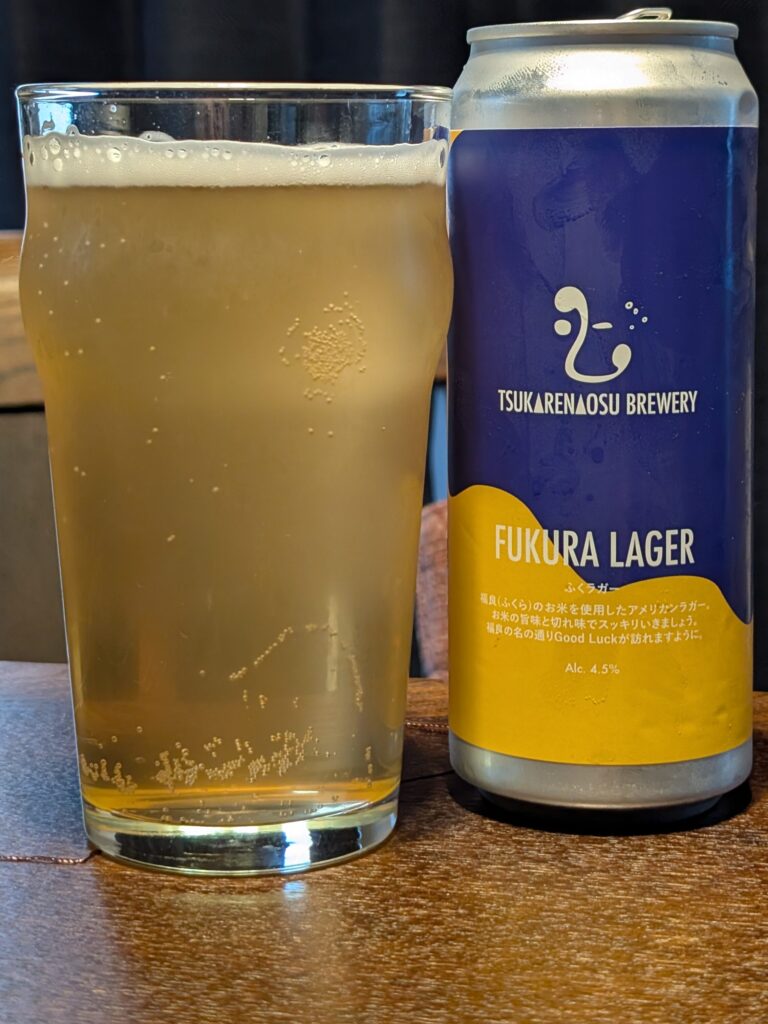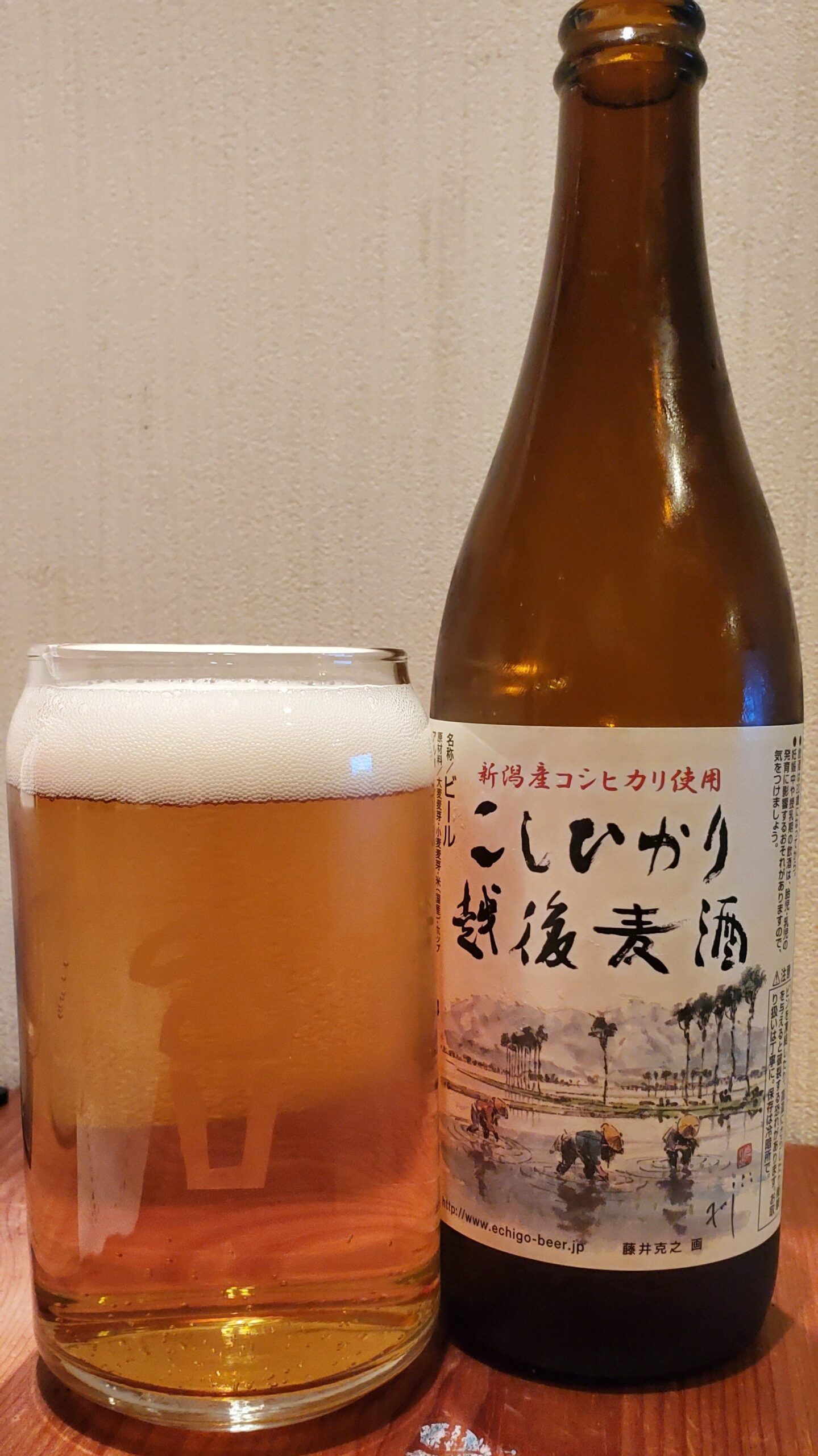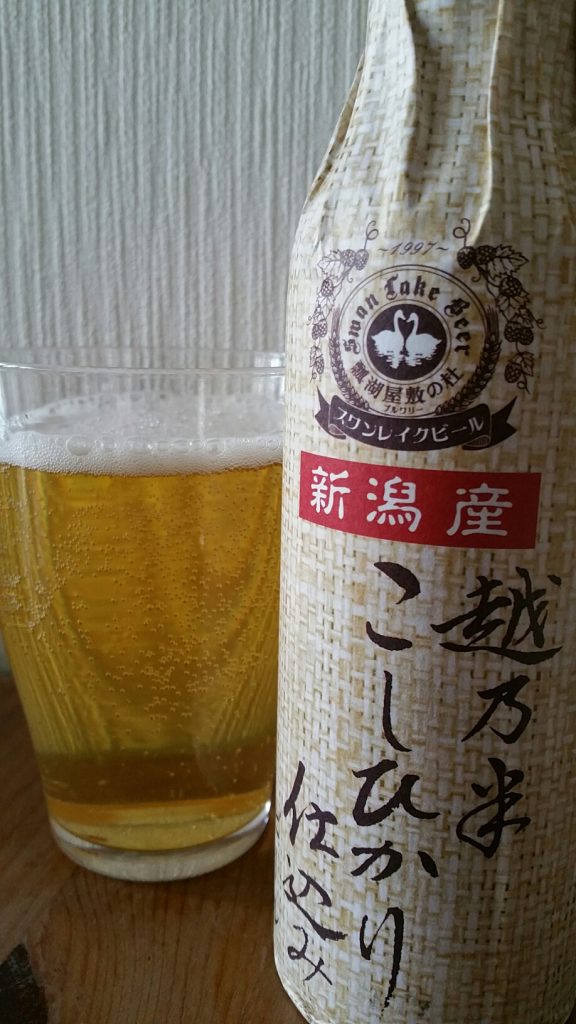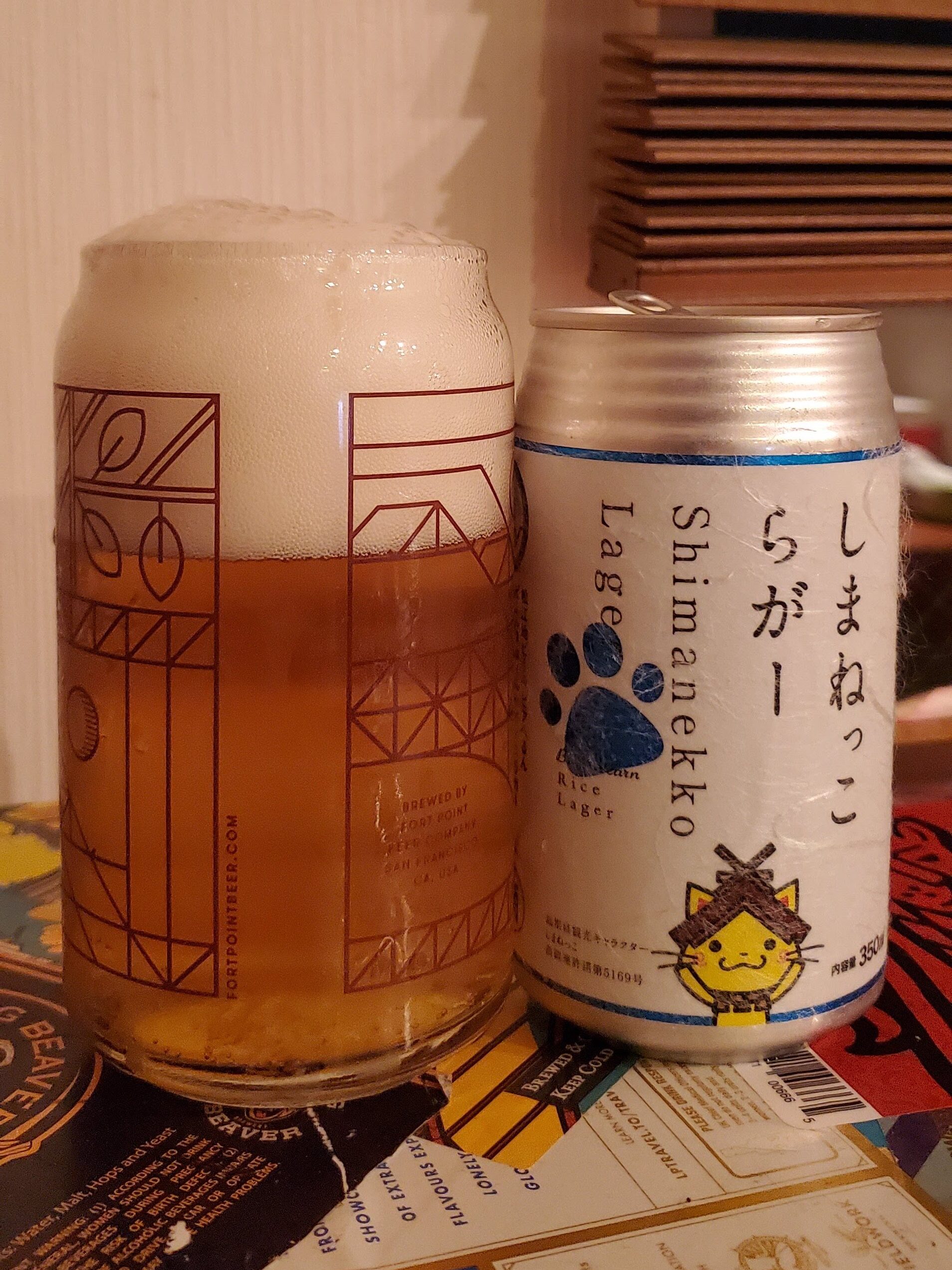Number 20 in the source of styles and it is the legal drinking age in Japan. And seeing as it’s legal drinking age in Japan, it only seems apt that we approach the topic of Japanese rice lagers. Now this is a style that some people associate with supposed cheap ingredients, in the form of rice, into the grain bill, padding out the grain with the aim of lowering costs. It’s a rather unusual style as well, as some places, such as the BJCP, did not consider it an actual style.
However, with the popularity of Asahi Super Dry and Sapporo Black Label outside of Japan, there’s been an upturn in interest in the style, with breweries across the world attempting to make beers in the style. Of course, Budweiser is an example of a rice lager; however, with that beer, it is being used as a filler for the grain bill as it’s cheaper than using barley.
A Brief History of Japanese Rice Lagers
As most people know by now, beer came to Japan in the 17th century, with a variety of traders, such as the British, Dutch, and Portuguese, all bringing over supplies for the crew of their boats. At that time, beer production in Japan was unheard of, with rice being used for the production of nihonshu, and domestic vegetables, such as potatoes, being used to make shochu.
It wasn’t until the 20th century that the usage of rice was considered by Japanese brewers. At that time, imported beer was the main seller on the market, though it didn’t pair well with Japanese food. Imported beers were malt forward, with a comparatively high level of sweetness and also having a robust body. This contrasted against the lightly flavoured Japanese food, such as sushi, sashimi, rice-based dishes, and soups, that thus got lost in the mix when diners would drink and eat.
Along came Asahi, which up until 1987 was producing a beer called Asahi Gold – a beer that is no longer sold, who introduced Asahi Super Dry. The aim of the beer was to allow drinkers to still enjoy the food and drink they were consuming, but the flavour of the beer would dissipate quicker than regular beers on the market, letting drinkers either have another sip to taste the beer again, or carry on with their meal, without having the flavour of the beer affect their taste buds.
The resultant beer was drier than others on the market, and since 1987, Asahi Super Dry has grown to become Japan’s number one beer in annual sales. With its introduction, there was a period of time that Japanese brewers were involved in the dry wars – trying to get their beers drier and shaper than others, though this has since ended as breweries instead began to make their own beers to their own tastes.
Making of Japanese Rice Lagers
It’s not simply a case of throwing rice into the beginning grain of the beer and leaving the process to carry on, as rice does not act in the same way as barley does. Before using rice, it has to be gelatinised before it has sugars available for fermentation. Rolled rice and flaked rice are pre-gelatinised, so some brewers will use those products and skip the gelatinisation step. The reason for doing this is to convert the starch that is found in rice, into sugars that can be used by the yeast to ferment into alcohol at a later point.
As for the rest of the ingredients, it generally varies from brewery to brewery, but generally the grain bill will use barley up to a level of 70%, though some brewers may go lower to bring out more of the rice flavour and also dry up the body some more. As for hops, the beer is designed to be light and crips, without too much hop flavour, so hops that are low in alpha acids, or a much lower amount of hops, are used instead.
With adjuncts, some breweries may use cornstarch to help lighten up the body, and also help produce more alcohol as the sugars in cornstarch can readily be converted by the yeast into alcohol.
Japanese Rice Lagers : Style Guidelines
As mentioned, the BJCP do not consider Japanese rice lagers to be a style of themselves, so style has been thrown in with International Pale Lager.
Appearance : Pale straw to gold colour. White, frothy head may not be long lasting. Very clear.
Aroma : Low to medium-low grainy-malty or slightly corny-sweet malt aroma. Very low to medium spicy, floral, or herbal hop aroma. Clean fermentation profile.
Flavour : Low to moderate levels of grainy-malt flavour, medium-low to medium bitterness, with a crisp, dry, well-attenuated finish. The grain character can be somewhat neutral, or show a light bready-crackery quality. Moderate corny or malty sweetness optional. Medium floral, spicy, or herbal hop flavour optional. Balance may vary from slightly malty to slightly bitter, but is usually relatively close to even. Neutral aftertaste with light malt and sometimes hop flavours.
Japanese Rice Lagers : Recommended Beers
Tsukarenaosu Fukura Lager
Bottom Line : Inoffensive and mid – it’s not going to win awards for cost performance but it is a solid example of Japanese rice lager.
Review : https://beertengoku.com/2024/11/02/tsukarenaosu-fukura-lager/

Choryo Rice Lager
Bottom Line : Choryo Rice Lager is a premium lager at a premium price – is it enough to justify its cost considering that macro lagers are just as good, but almost 200 yen cheaper? I’ll leave that for you to decide but I enjoyed this and would buy it again. As a treat.
Review : https://beertengoku.com/2022/06/03/choryo-rice-lager-by-choryo-shuzo/

Echigo Koshihikari Lager
Bottom Line : It won’t rock your world like a bitter IPA will, but Echigo Koshihikari Lager is a clean, drinkable lager.
Review : https://beertengoku.com/2020/04/07/echigo-koshihikari-lager-by-echigo-beer/

Swan Lake Koshihikari Lager
Bottom Line : It’s hard to recommend Swan Lake Koshihikari Lager really as it’s a pretty bland beer that started out sounding quite exciting.
Review : https://beertengoku.com/2015/09/03/swan-lake-koshihikari-lager/

Shimane Shimanekko Lager
Bottom Line : Shimane Shimanekko Lager is a nice light lager that would be great for a summer night of drinking.
Review : https://beertengoku.com/2019/08/29/shimane-shimanekko-lager-by-shimane-beer-company/

Imported Japanese Rice Lagers
Let’s be honest – if you’re going to try a style of beer, then it’s also worth trying out some of the overseas beers. Check out the label on the bottle to see when the beer was bottled, and also ask how the beer was imported. Was it in a cold chain from start to finish? Was the beer stored in a chilled environment in the store? If the shop assistant can’t, or doesn’t know the answer, then give it a miss.
- Beachwood Hayabusa Lager
- Harland Brewing Company Japanese Lager
- Other Half Brewing Co. Pivo Snaps
- Westbrook Brewing Co. Rice Crispy Boi